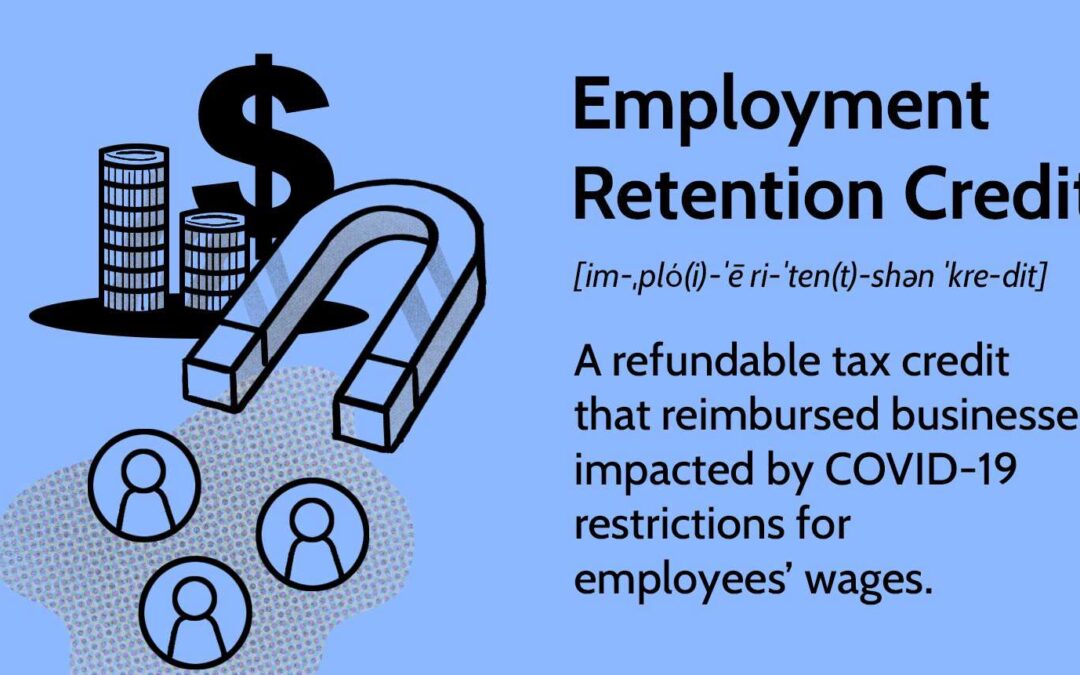The Employee Retention Credit (ERC) under the CARES Act has been vital for businesses impacted by COVID-19. The refundable tax credit has seen several amendments and extensions to encourage employers to keep employees on their payroll. Here’s an updated look at the ERC, including the latest changes made by the Taxpayer Certainty and Disaster Tax Relief Act of 2020, the American Rescue Plan Act of 2021, and the Infrastructure Investment and Jobs Act.
Key Features of the Employee Retention Credit
- Credit Percentage: The refundable tax credit is 50% of up to $10,000 in wages paid by an eligible employer whose business has been financially impacted by COVID-19.
- Eligibility Criteria: Various factors determine eligibility, including the employer’s trade or business operations, a significant decline in gross receipts, and compliance with governmental orders related to COVID-19.
- Qualified Wages and Health Plan Expenses: The credit also considers qualified wages and allocable qualified health plan expenses.
- Interaction with Other Credits and Relief Provisions: The ERC interacts with other credit and relief provisions, and special issues may arise for employees and employers.
Recent Changes and Updates
- Extension for Q1 and Q2 of 2021: The Relief Act extended the ERC for the first and second calendar quarters of 2021.
- Modification for Q3 and Q4 of 2021: The ARP Act modified and extended the ERC for the third and fourth quarters of 2021.
- Termination for Q4 of 2021: The Infrastructure Act terminated the ERC for wages paid in the fourth quarter of 2021 for employers not recovering startup businesses.
Issues with Backlogs of Claims
The ERTC program has experienced a significant backlog in processing claims, leading to delays for many businesses seeking credit. This backlog has been exacerbated by the continuous changes and updates to the program, creating challenges for the IRS and claimants.
If you are a business owner affected by these delays, it’s essential to stay informed about the status of your claim and maintain clear communication with the IRS. Consider working with a tax professional specializing in ERTC to navigate the complexities and expedite the process. Additionally, ensure that all required documentation is complete and accurate to avoid further delays. Regularly checking the IRS website for updates and utilizing online tools provided by the IRS can also assist in tracking the progress of your claim.
What can you do?
Contact your Senators and Representatives about the impact of the ERTC delays on their businesses.
Conclusion
The Employee Retention Credit has been a dynamic and evolving tool to support businesses during the pandemic. With the latest legislative changes, employers must stay informed and consult with tax professionals to maximize the benefits of the credit.
Thought-Provoking Questions and Insights
- Understanding Eligibility: How can businesses ensure they meet the evolving eligibility criteria for the ERC?
- Maximizing Benefits: What strategies can employers adopt to make the most of the Employee Retention Credit?
- Future of the ERC: With the termination of the ERC for certain employers in Q4 2021, what other support mechanisms are available for businesses still impacted by COVID-19?
For more detailed information, employers can refer to the official FAQs on Employee Retention Credit under the CARES Act provided by the IRS.
Please note that the information provided here is based on the latest updates as of July 27, 2023, and may be subject to change. Consult a tax professional or the IRS for the most accurate and up-to-date information.
Get your Free Consulting
or Employee Leasing Quotes
Employer's Choice Solutions offers Professional Employer Organization services to help meet your unique needs.
- Navigating Inflation: Implications for Operations and Employee Welfare - October 5, 2023
- Understanding SECURE 2.0: Navigating Retirement Plan Reforms for a Brighter Tomorrow - September 29, 2023
- Employees Should Review Their PayStubs and Here’s Why: Empowering Your Financial Knowledge - September 19, 2023

